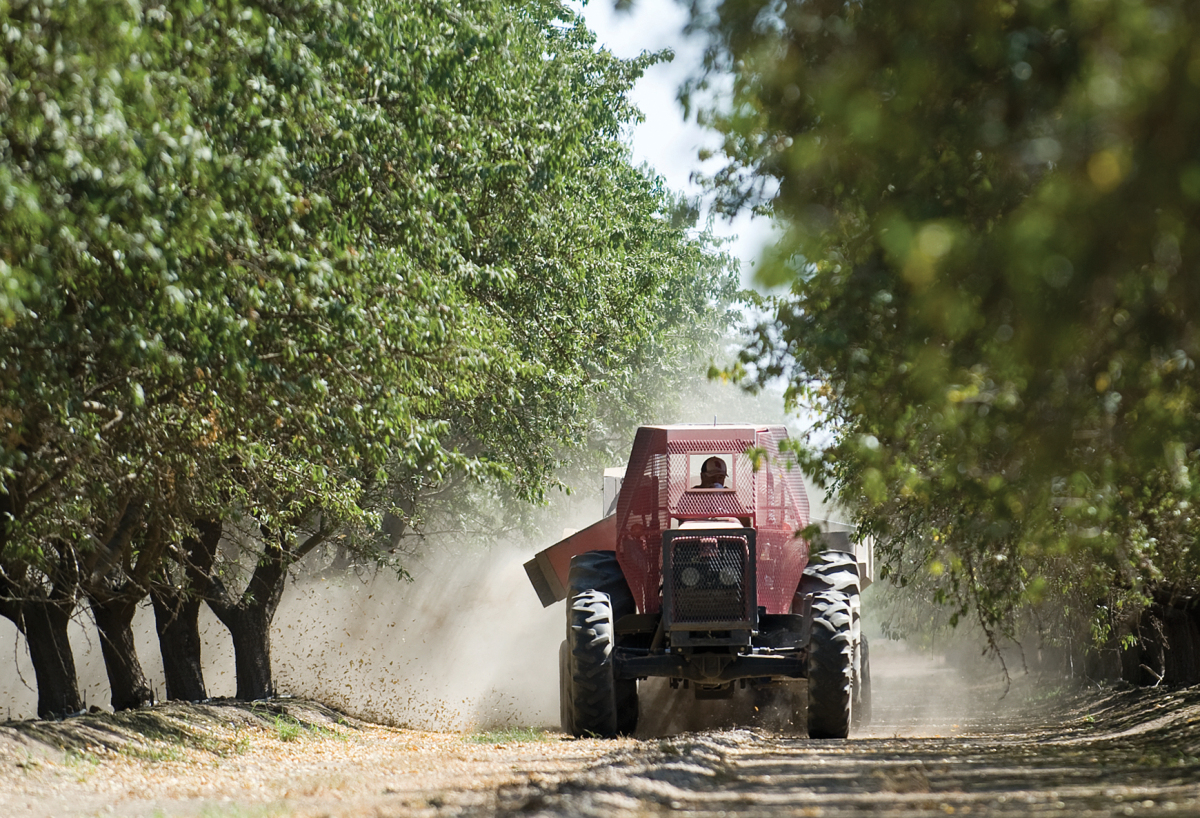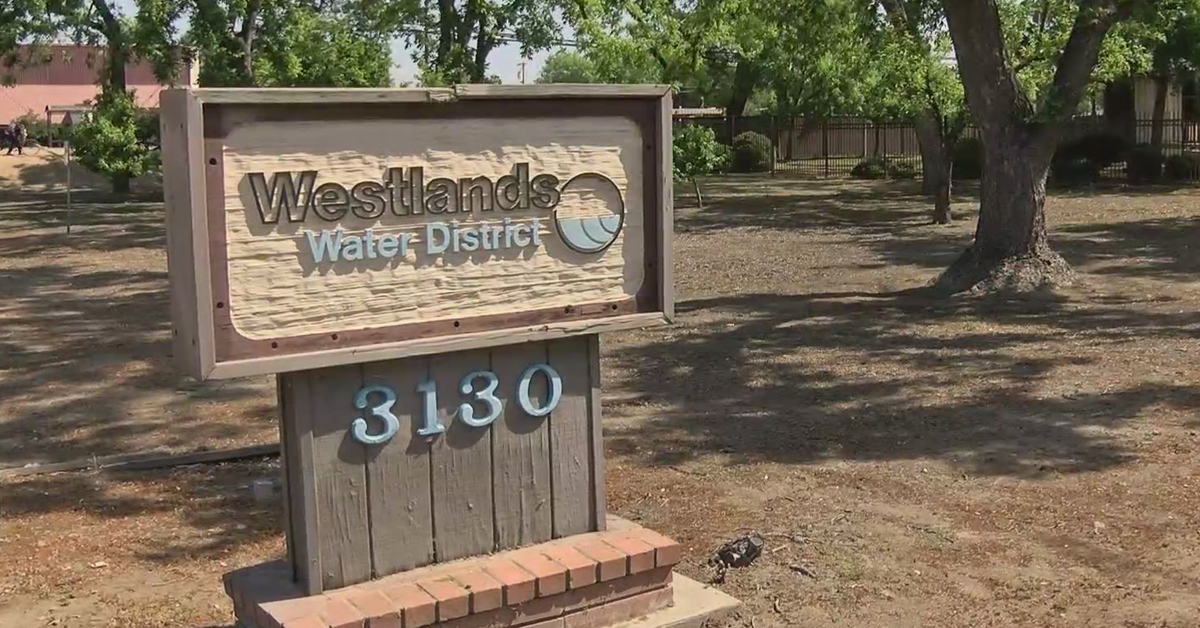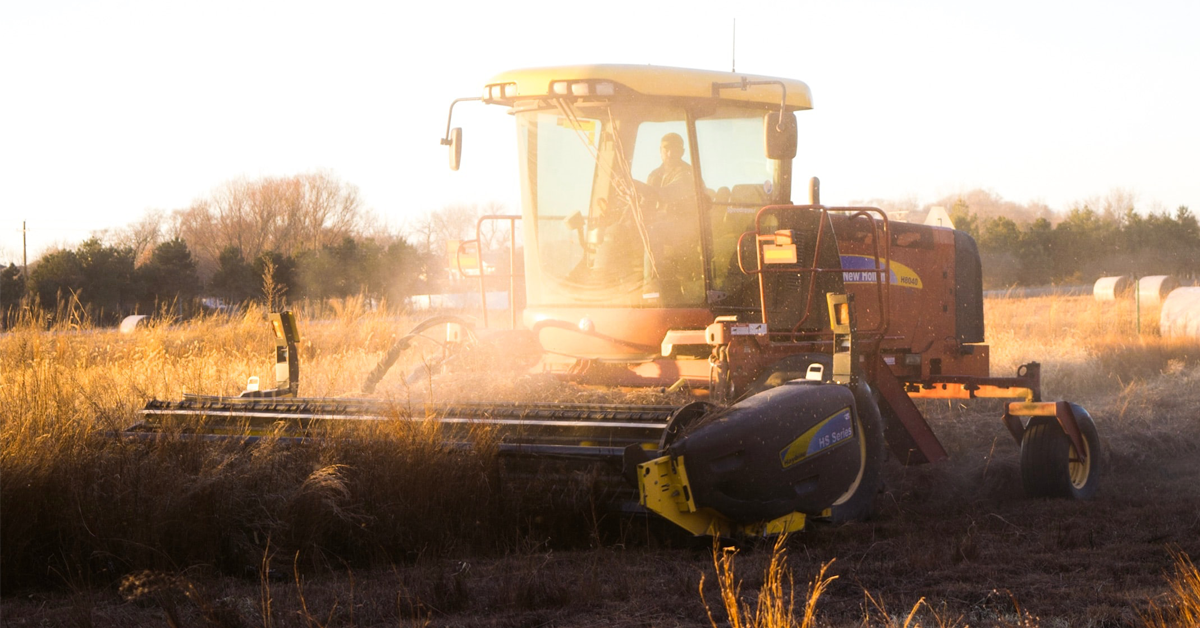Amid the fallout of California’s worst water year in its history, the state will find its two primary water arteries under the management of a temporary, plan tendered to a Federal judge on Thursday, throwing out 2019 environmental rules that boosted water supplies to the Central Valley and Southern California.
The plan, which comes amid a cacophony of lawsuits waged both by the Newsom administration and environmental interest groups, was prepared by representatives of the California Department of Water Resources, California Department of Fish and Wildlife, U.S. Bureau of Reclamation, National Marine Fisheries Service, and the U.S. Fish and Wildlife Service.
From a legal standpoint, the so-called “interim operations plan” attempts to halt the pending suits to allow the Biden administration to begin – and hopefully complete – a new set of environmental rules, known as biological opinions, governing water supplies via the Central Valley Project.
The Trump administration tendered a set of biological opinions in 2019 governing the Central Valley Project, which are the subject of the suits and the sudden, Biden-led bureaucratic rewriting effort.
The newly-drafted plan would be come operational and supersede the 2019 biological opinions for upon a court order.
If ordered, the interim plan for water deliveries through the Federally-operated water system would run through Sept. 30, 2022, the conclusion of the water calendar year.
Among a litany of state and Federal initiatives to be undertaken during the 2022 water year, the interim plan prioritizes water deliveries for municipal and industrial water users on the basis of meeting minimum health and safety requirements.
These water supplies ensure municipalities have sufficient water for residents. However, the validity of health and safety water calculations has come into question recently.
After health-and-safety supplies, Central Valley Project supplies from Shasta Dam are prioritized next for Winter Run Chinook Salmon, then senior water contractors and wildland refuge water users (as prescribed in the Central Valley Project Improvement Act), and then any other uses.
Valley-based opponents to the interim plan say that that it revives failed policies from the Federal government’s 2008-2009 biological opinions, including calendar-based rules for pumping water into the San Joaquin Valley rather than continuing flexible, real-time pumping operations under the 2019 opinions.
Opponents also argue that the plan was not sufficiently vetted to be successful at meeting key short-term environmental goals, such as preserving fish species within the Delta or on its feeder rivers.
They add that Federal agencies failed to undergo environmental review as required by the National Environmental Policy Act, a key requirement for virtually all environmental regulatory changes.
Meanwhile, litigating environmental groups argue that the plan fails to go far enough.
In its response to the interim operations plan in a court filing, the Pacific Coast Federation of Fishermans Association argued that the plan failed to reinstitute regulations on the amount of water exports from the Delta to the Valley and Southern California.
In a letter on Friday to state and Federal water officials, a trio of California Democratic lawmakers decried the introduction of the plan to the court.
“Amid ongoing extreme drought conditions facing California and across the West, a court-ordered water management plan for a single water year, which has not been subject to adequate scientific or public review, is the worst possible outcome,” the letter from Reps. Jim Costa (D–Fresno), Josh Harder (D–Turlock), and John Garamendi (D–Walnut Grove) reads.
“The drought has had equally devastating impacts on protected fisheries in the Central Valley, which the interim water operations plan would not fix but, instead, undercut any continued voluntary habitat restoration efforts for protected species.”











